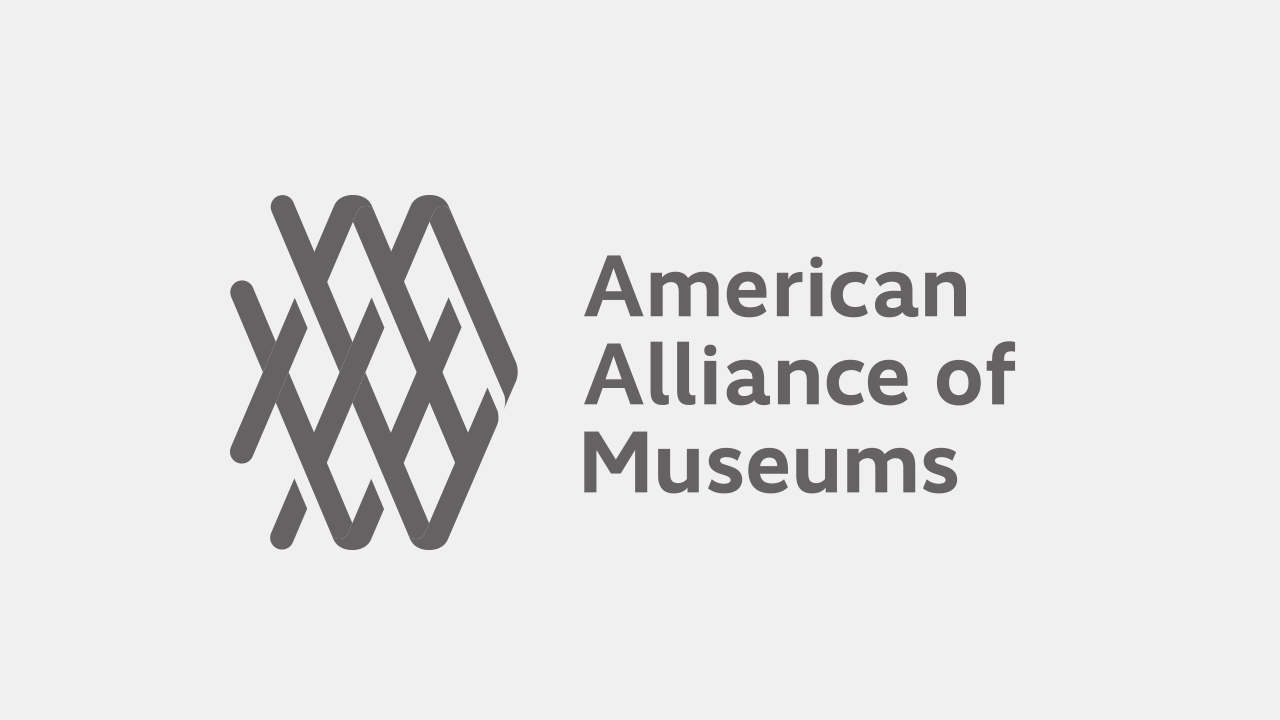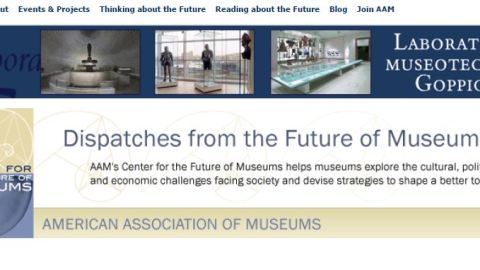
This visual Data Story is based on findings from the 2021 Annual Survey of Museum-Goers, a national survey of American museum visitors from AAM and Wilkening Consulting. Every year, the survey partners with individual museums to research their audiences and yield insights about their behaviors and preferences, both on an institutional and national level. Interested in joining the 2026 edition? Sign up today!

Cracking the code of membership.
We all want to do that to develop stronger member programs … not only for engagement purposes but also to generate revenue.
Looking at the motivations people give for being members, as well as why many never join (and some lapse in their membership), is a crucial first step for developing robust membership programs.
In the Annual Survey of Museum-Goers, some museums opt into a standard set of membership questions that helps them understand these motivations and barriers. To develop a strong data set of these frequent museum-goers, we combined those responses from the 2020 and 2021 Surveys to create a sample of over 6,500 respondents.
Every museum develops their contact lists in different ways. So the proportions of members, lapsed members, and never-members can vary widely. For that reason, we are not examining that metric, but instead looking at the differences between these three groups.
Overall, members tend to be our biggest cheerleaders, with over 80% citing our missions as why they join or renew. Less than half gave more transactional reasons around free admission, member benefits, or discounts.
Given this finding, it would be easy to assume that most members are mission-oriented rather than transactional. But the majority of our sample come from history and art museums, which tend to have members who are older and more mission-oriented than those from museums with larger shares of family audiences (such as children’s museums and science centers).
Why?
Well, parents and guardians of minor children are twice as likely to join for free admission than adults 60 or older.
And those older adults are 40% more likely to join to support the mission than parents and guardians.
That difference leads to retention challenges for family memberships: many families are cycling in and out of museums based on their children’s interests and ages. Retaining them is difficult if the focus is on the cost savings … especially as children get older.
Does that mean all parents and guardians are transactional? Of course not! But the primary difference between transactional members and mission-based members appears to be curiosity.
LIKELIHOOD OF JOINING TO SUPPORT THE MISSION
- Curious Parents and Guardians: 75%
They are also 50% more likely to cite the mission as a motivator than free admission (though they still appreciate that benefit!). - Non-Curious Parents and Guardians: 50%
So to retain transactional members longer, we need to consider what they value right now (the bottom-line cost value) and how we might encourage them to value the deeper, intangible, mission-value. Sparking their curiosity may be key to doing so.
It’s not you, it’s me.
We all know about that break-up line. Lapsed members as well as non-members use it as well.
They like you, but not in that way.
For both groups, the #1 reason they are not currently a member is:
We do not visit enough to make it worthwhile
(The other top reasons they give for not being a member are: they can’t afford it; other interests are more important; they don’t know anything about membership.)
In fact, when we look at the results, hardly anyone selected choices that are more judgmental about the museum: less than 5% said “it wasn’t worth it.”
Instead, museum-going non-members are much more likely to shift the blame to themselves: “we don’t visit often enough to make it worthwhile” being the big one. Or, in other words, it’s not you, it’s me.
At least, that’s what it looks like at first glance.
But isn’t that a nice way of saying they didn’t find enough value in the membership to make it worth the cost?
Because if they really found the experience valuable, they would make the effort to visit enough to make the membership worth it … or they would renew because they value the mission.
And that’s a problem because they are implying that harsher judgment: you’re not worth it. (Ouch. Sorry.)
These results are about frequent museum-goers. But is there anything to learn from a broader population sample of U.S. adults? Turns out, yes. In that sampling, we found:
- Parents/guardians of minor children were the most likely to identify as a current member of a museum – one in five!
- Middle-aged adults (40 – 59) without minor children in the home were the least likely to be a member, only 7%.
- And childless young adults under 40 and adults over 60 were equally likely to be a member, 10%.
So, what’s going on? Why do the membership lists of many museums feel heavily skewed towards older members when this data suggests otherwise?
First, let’s examine the childless young adults and the older adults. When we combine insights from frequent museum-goers and this broader population sampling, our conclusion is that young adults who are members of a museum are likely only members of one, maybe two museums, while those older adults are likely averaging a few or several (making it seem like there’s a lot of them when in reality it is just a few who are members of lots of museums). We see a similar trend with visitation.¹
And what do we make of the relatively high rate of family memberships? It is a lot of those transactional parents/guardians who primarily visit children’s museums, science centers, and zoos and aquaria. Right now, most of them cycle out of museums (and memberships) as their children grow up … but given the differences we saw earlier in curiosity (and why it matters), perhaps we should consider focusing a bit more of our attention on cultivating parental/adult interests and curiosity. After all, if that helps them value the museum more for themselves, they may stick with museums, and memberships, longer.
Annual Survey of Museum-Goers Data Stories are created by Wilkening Consulting on behalf of the American Alliance of Museums. Sources include:
- 2021 Annual Survey of Museum-Goers, n = 53,217; 140 museums participating
- 2021 Broader Population Comparison Sample, n = 1,273
- 2017 – 2020 Annual Surveys of Museum-Goers and Broader Population Comparison Sampling
Data Stories share research about both frequent museum-goers (typically visit multiple museums each year) and the broader population (including casual and non-visitors to museums).
¹See our 2018 Data Stories on these visitation patterns at wilkeningconsulting.com/data-stories








It would be very helpful to spend a little more time diving in more detail on the topic of curiosity as it is used in this article. What were the actual questions that led to this statistic, and what is the definition of “curiosity” in this case? Does that mean more context, wall text, background for content? Does that mean more frequent turnover of content? Does that mean more interactive content and opportunity to feel as if the visitor is able to make their own connections? Without this sort of data, asking museums to lean into curiosity as a way to entice transactional families to extend and retain their memberships feels unapproachable and disconnected, a leap that rests apart from this data.